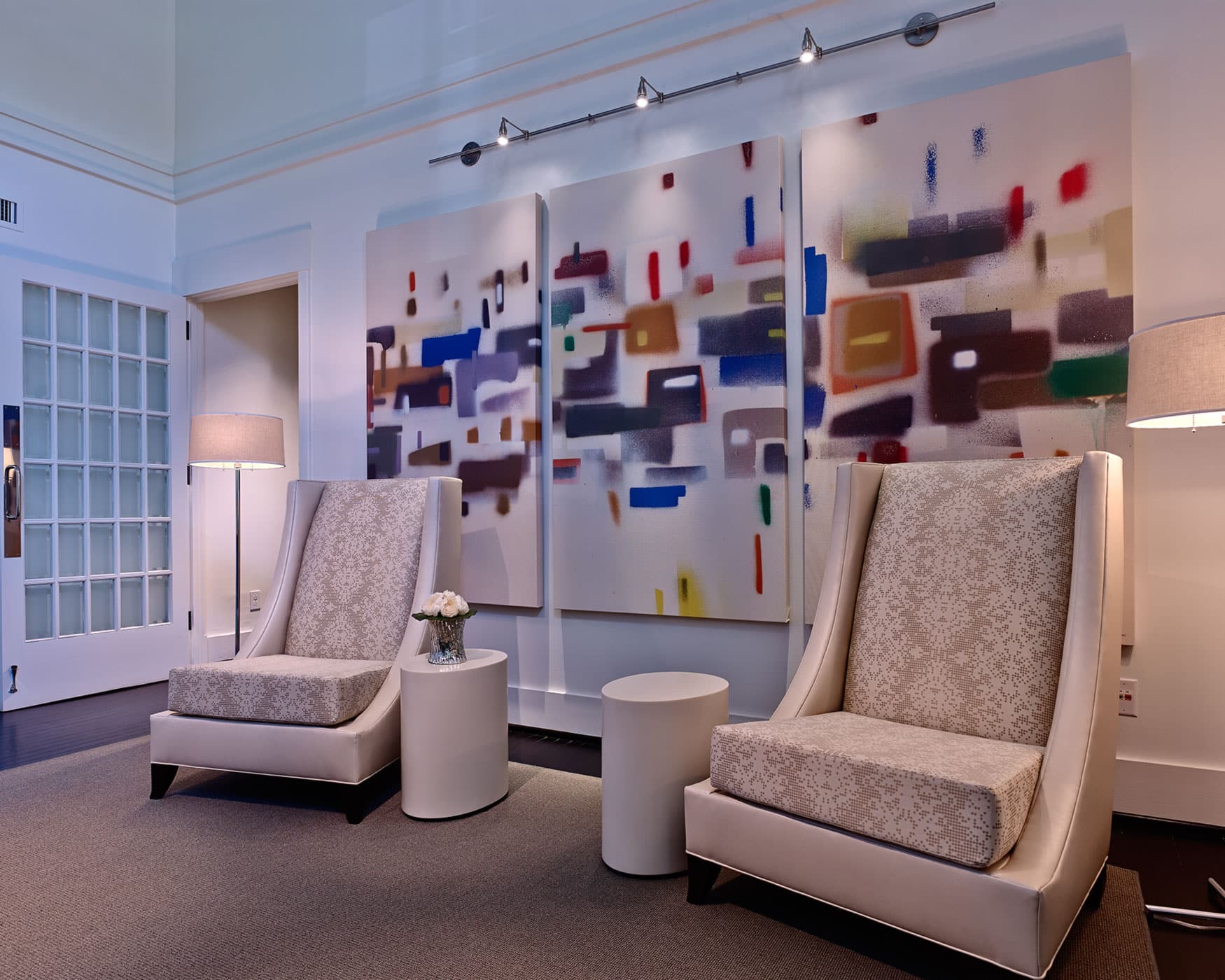Hospitality Interior Design
An Experience Worth Repeating
Hospitality Interior Design creates carefully curated interior environments for hotels, restaurants, bars and lounges, resorts, fitness centers, and other industries in which services are both offered and enjoyed onsite. While the offerings of these establishments vary widely, what they do have in common is that they provide services to make clientele feel comfortable and indulged. Working with a professional and experienced Hospitality Interior Designer ensures that the environment in which these services are offered is more than just a location and that the clientele’s interaction with the business is more than just a transaction. It’s an experience worth repeating.
Whether your project demands large-scale luxury, or an intimate boutique atmosphere, Heidi Core Interior Design LLC creates hospitality interiors that are truly unique, and earn glowing recommendations and customer loyalty. With over 25 years of experience, Heidi Core, RID, IIDA translates elegant Southern Hospitality into welcoming, modern interiors that appeal to clients throughout the US and internationally. Schedule a consultation with Heidi Core by contacting her Birmingham offices at (205) 259-8780 or by filling out this convenient online form.
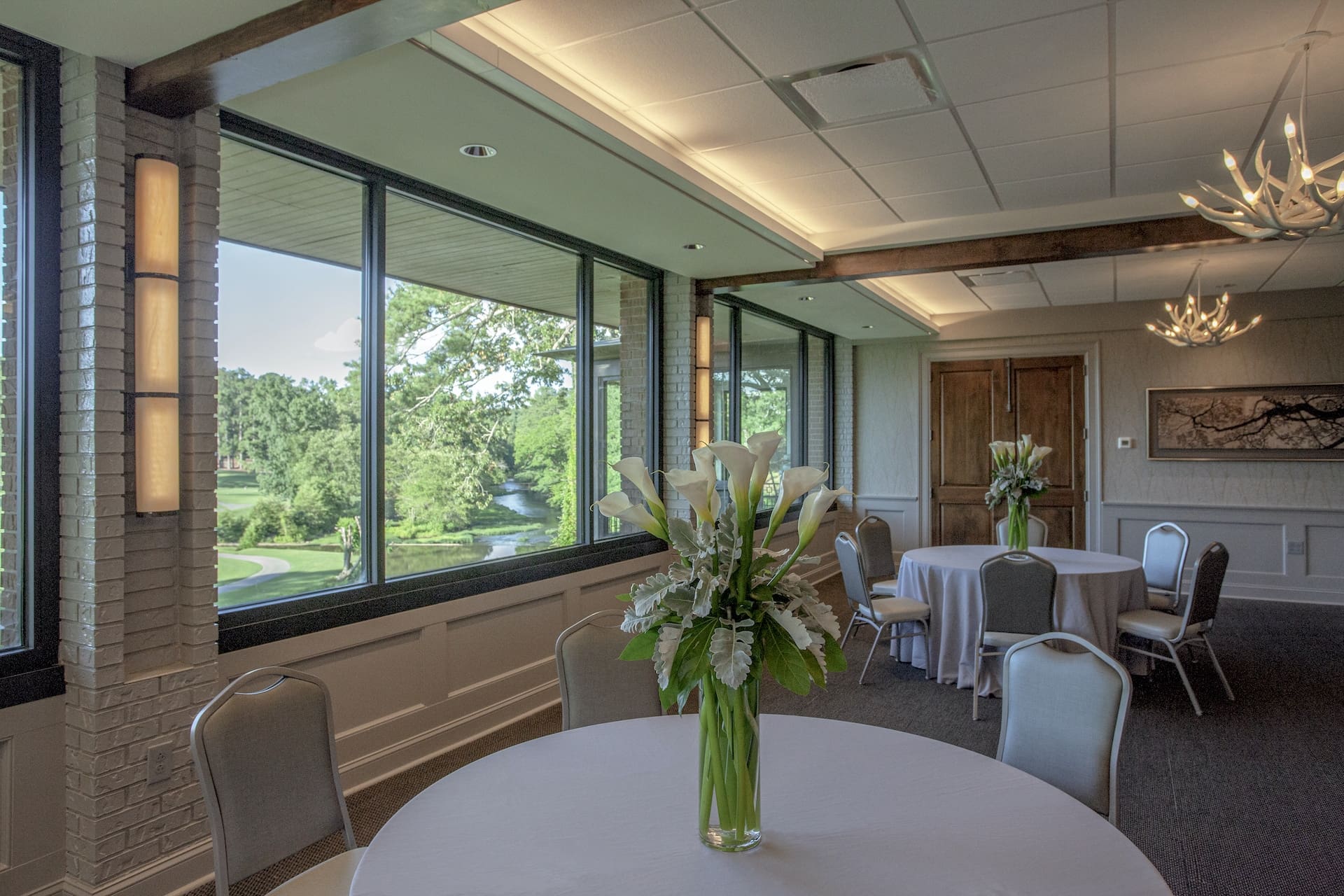
About
Hospitality is the practice of welcoming a guest with food, shelter, entertainment, and safety. Hospitality was an expectation in ancient cultures and remains a basic tenet of most world religions. Today, hospitality is a multi-billion dollar industry.
As the American Hotel and Lodging Association reports, the hotel industry generates over $660 billion to the US GDP, and Hospitality is the largest field of interior design. But long before a hotel, restaurant, or the many other sectors that make up the hospitality industry welcome a guest through their doors, an interior designer has already taken up the role of host! When designing for the hospitality industry, an interior designer both anticipates the basic needs of the guest and ensures that their experience is enjoyable.
Interior Designers study the way that people interact with a space in order to tailor customized environments that serve the goals of their clients. Typically, the goal of interior design for hospitality is to create an accessible yet luxurious space that encourages patrons to linger, relax, and enjoy the services being offered.
Designing For Hospitality Interiors
A high level of service is the definitive goal of the hospitality industry, and so the needs of employees are also a priority when designing interiors for this sector. After all, hospitality is one of the few remaining industries today that rely on direct human contact. It is also unique in that services are presented, purchased, and consumed all in the same place, and is centered around the interaction between employees and guests. Interior designers will take into account the number and needs of employees so that they can continue to delight guests, and contribute to a positive experience. (2)
The practice of interior design is as much about the “how” as it is the “where.” Hospitality Interior designers perform extensive research to devise the best way to make the space serve the needs of everyone that will interact with it while providing a setting that conveys what makes the establishment special.
Requisite Considerations for Hospitality Design
- Distinctive culture and history of the location
- Pricepoint of services
- Demographic being served
- Brand identity
- Desired experience
- Duration of guests’ visit
- Logistics of delivering services

Creating Atmosphere
When designing for the hospitality industry, interior designers consider the many factors that will define the space and create an all-encompassing experience for guests.
Interior designers have the ability to completely transform a space, and the hallmark of successful interior design is a cohesive design concept that creates atmosphere. In order to create this immersive experience, interior designers make their decisions with all of the five senses in mind. This includes lighting, color schemes, art programs, noise management, and the tactile surfaces of furnishings. And while the decor is important, in reality, it is only one of many parts of an interior designer’s job. Because we know that the layout of a space determines how it is navigated, and that atmosphere evokes emotion that likewise influences human behavior, interior designers can achieve the desired behavior by planning the space accordingly.
Environmental Psychology Meets Marketing
Although humans have been creating awe-inspiring interiors since ancient times, the idea of total design and spacial aesthetics wasn’t readily employed as a marketing tool until the early the 1970s, when a marketing professor introduced the concept of “atmospherics”: the intentional design of space to elicit a desired reaction in consumers. Our observations about the space where we purchase products or services impact our perception of their value, and ultimately our willingness to purchase them. Another important aspect of atmospherics was how the environment makes us feel. Conjuring up positive emotions and memories, and designing an environment that is stimulating but not overwhelming makes us much more likely to linger, and ultimately reach for our wallet!
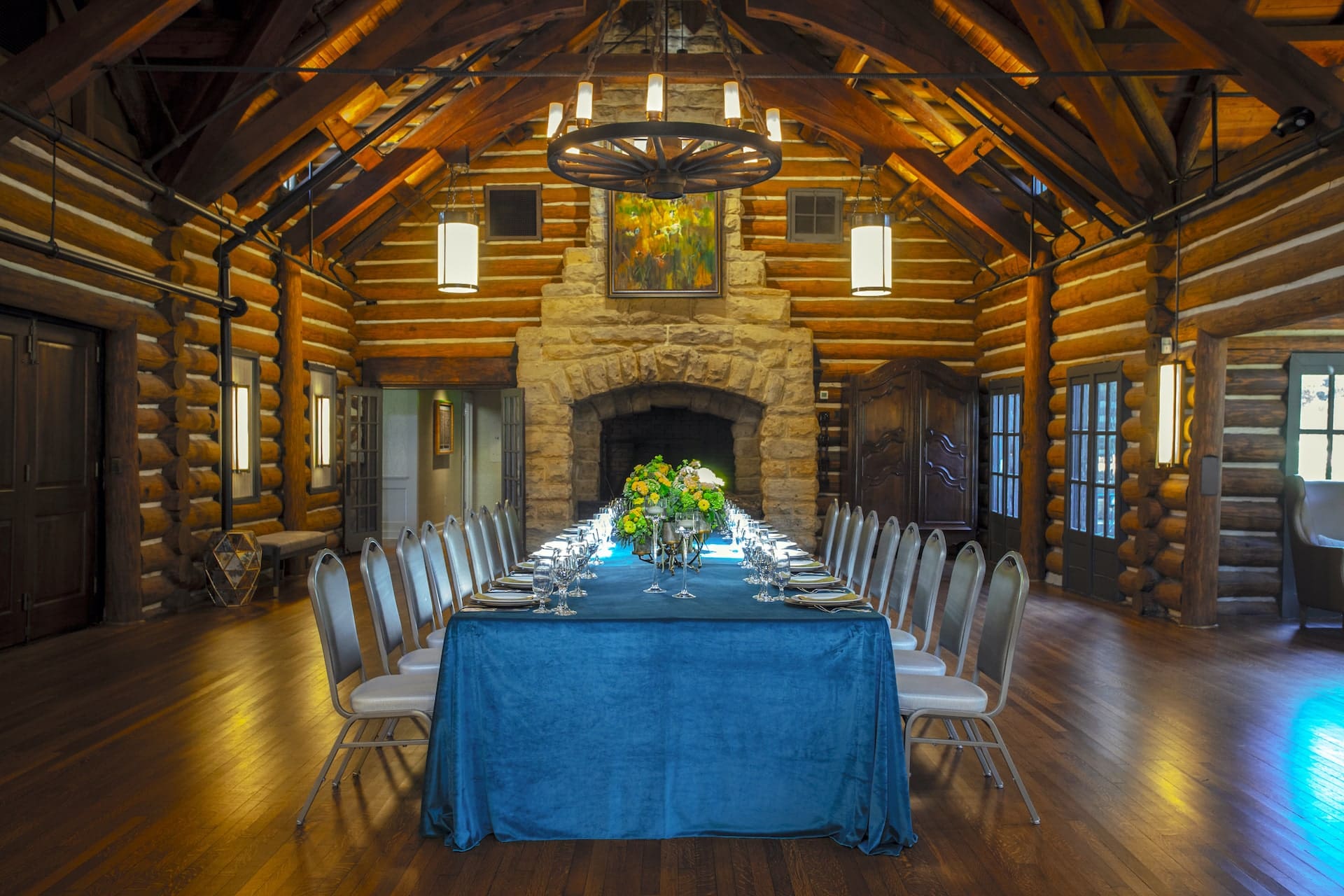
Restaurant Interior Design
In an industry rife with competition and risk, a thoughtfully designed interior is one of the best investments you can make for your restaurant.
After all, the dining experience begins long before the first course arrives. A well-designed restaurant interior reflects the personality and intentions of the restauranteurs, while also complimenting the cuisine!
From a business standpoint, the layout of the space and the mood the design evokes are essential considerations, as it has a direct effect on the rate of table turnover. High-volume restaurants benefit from a floor plan that maximizes efficiency as well as provides auditory and visual cues that promote a high-energy atmosphere. Restaurant interiors can also be designed to encourage mingling for a buzzy social experience or provide privacy for more intimate dining. Professional interior designers work closely with restaurant owners to develop customized solutions and unique concepts.
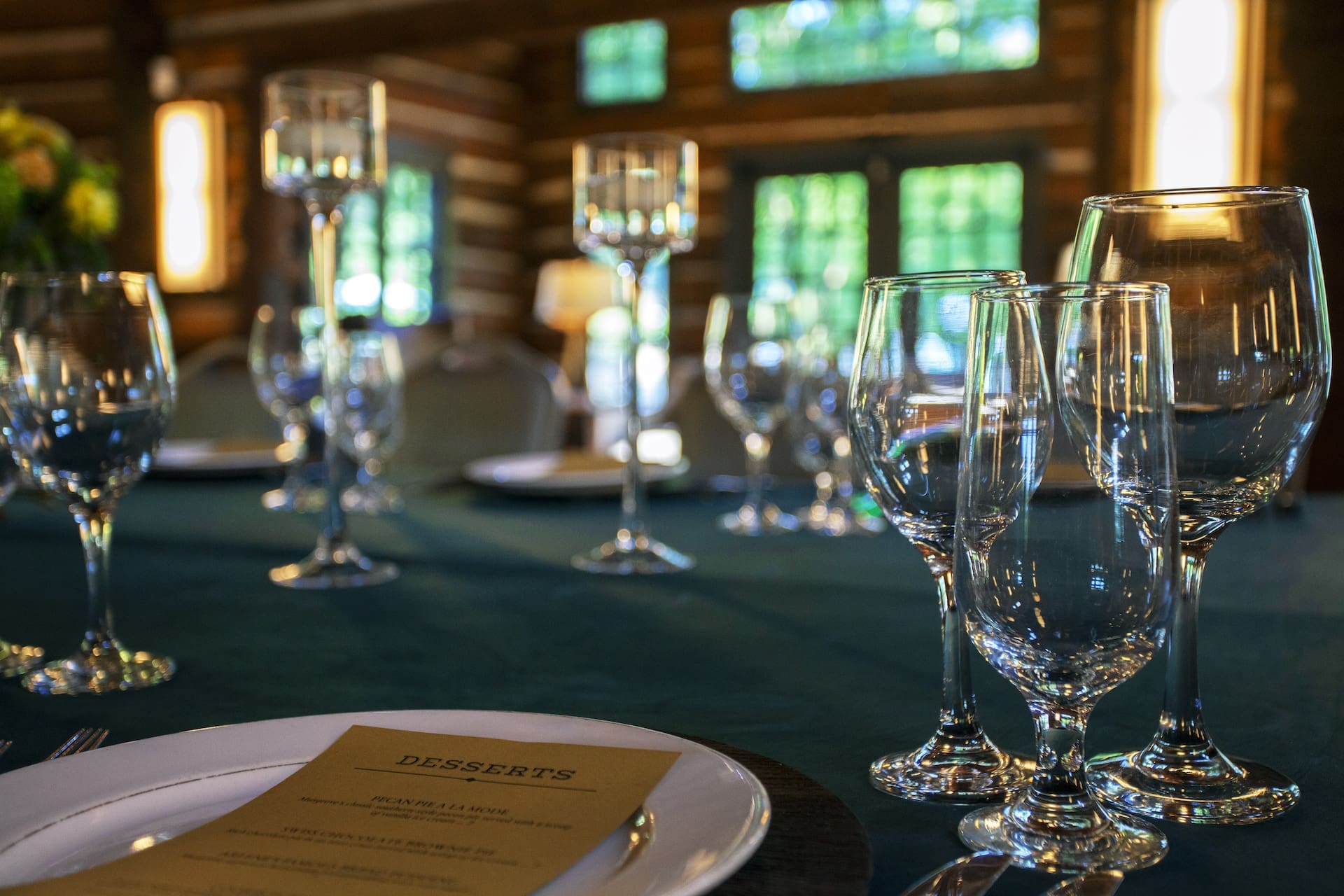
Interior Design for Country Clubs
Country Clubs are gathering spaces, that include athletic facilities, lounges, restaurants, entertainment and event venues, and more. The scope of these services requires a skilled and knowledgable interior designer who is comfortable with the scale of this kind of project and experienced in designing for the multiple sectors of the hospitality industry. This allows the club to maintain a consistent feel and identity while also each setting reflects its unique purpose and highlights the specific accommodations being offered.
A well-designed interior conveys the prestige and sophistication that members expect while also offering a comfortable and engaging space to return to. Likewise, frequent visits demand an interior that retains interest and relevance. An interior designer must also honor the history of the club and its members. Country clubs play a prominent role in the lives of their members and are places where lasting memories are created across generations. Good design is an investment in the future.
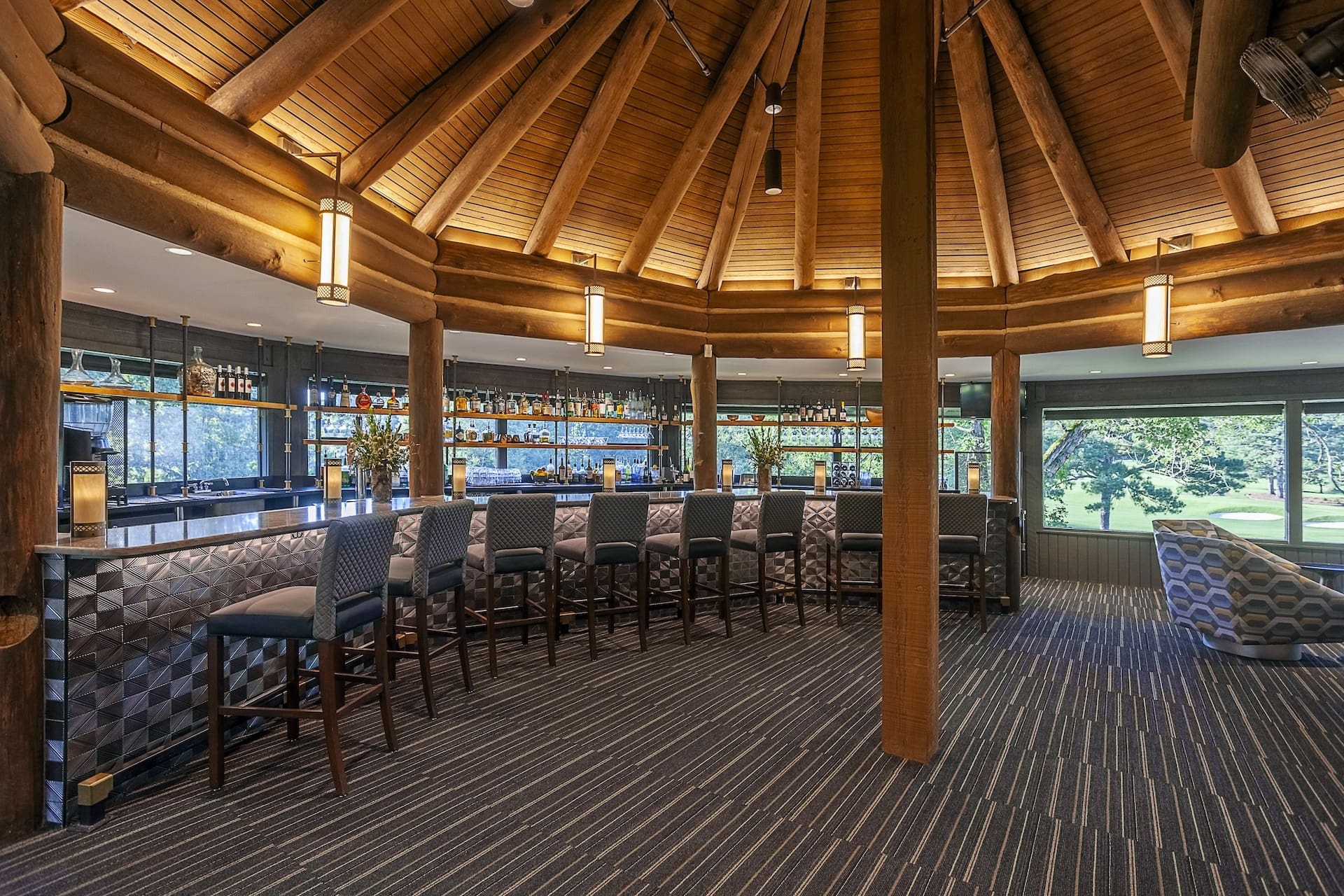
Bar, Lounge, and Nightlife Interior Design
Interior designers have an ethical responsibility to protect the well-being of those who inhabit the spaces they design. In places where alcohol is served, there are additional risks that must be anticipated. Safety is always the primary concern of interior designers, as they have to ensure that each project will meet building regulations and codes and accessibility standards. However, having a bar, lounge, or nightclub that is also designed to eliminate industry-specific hazards is a priceless advantage. Of course, safety mandates have to be carefully balanced with the chief goal of the industry: fun! In this industry, atmosphere is a requirement, and themes are embraced. Case in point: there are no tiki-drycleaners. An interior designer can help tastefully implement themes that make the establishment unique and a desirable destination for the intended demographic.
The very structure of a bar is designed to encourage social interaction, and this is an important driver of beverage sales. Whether the establishment is a cozy hideaway or a haven for nightlife enthusiasts, working with a professional interior designer can ensure that your establishment thrives.
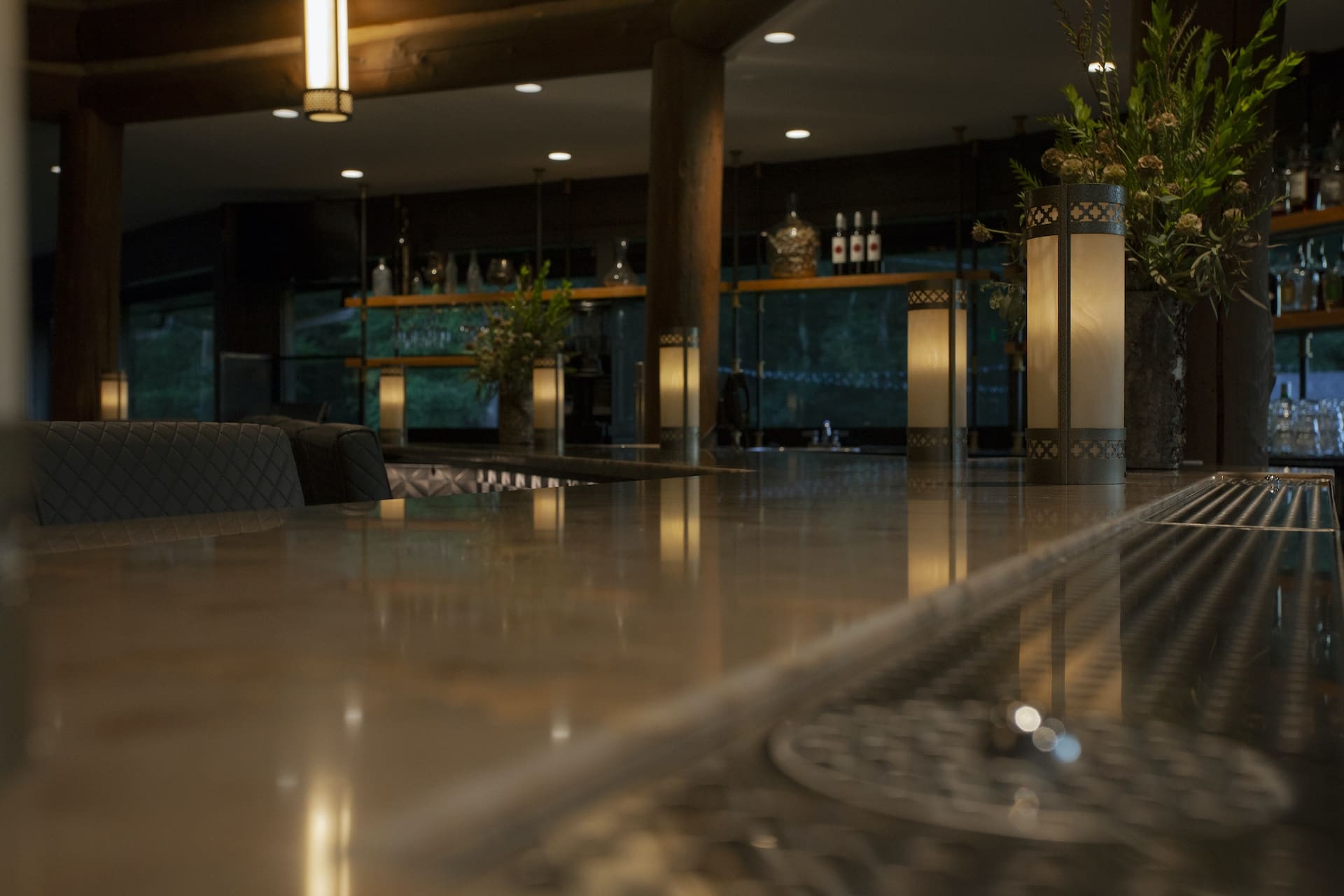
Interior Design for Fitness Centers
There is no shortage of fitness centers today, but a professional interior designer can tailor the look and feel of your fitness center to appeal to your clientele and set your business apart from the competition. Large gyms, smaller studios, and specialized training centers each have unique needs. However, what they have in common is requirements for safety, and to possess aesthetics that remain appealing to daily users. Functionality is imperative in this industry. Interior designers are experts at innovating and implementing solutions to maximize a space’s potential. For example, a layout must be planned to accommodate equipment and allocate space for designated services. That way, users can easily take advantage of the different amenities offered while moving freely and safely throughout the space. This includes a well-branded reception, membership service areas, and clean and inviting locker rooms. In these settings, excellent lighting, ventilation, and noise control are crucial considerations, as is the ability to maintain a clean facility. Interior designers have extensive knowledge of materials and finishes and can select surfaces that can be routinely sanitized while still being modern and attractive, and contributing to the aesthetic branding of the business.
The Interior Design Process for Hospitality
The first step in making your establishment’s interior serve your needs and your dreams a reality is to schedule a consultation with Heidi Core. She’ll listen closely to your goals, and learn more about what makes your business unique. Her client-focused approach entails meticulous attention to your concerns. Once the scope of the project, timeline, and allocated budget are agreed upon, she’ll begin the research phase. This will include site visits, and gathering all other relevant information in order to begin putting together design concepts that meet the needs of your establishment. After the final design concept has been approved and detailed plans are in place, she’ll begin organizing the many moving parts of the project. Interior designers ascertain that all aspects of the project are up to code and meet the many regulations that govern commercial interiors. This includes overseeing construction, acquiring materials, and supervising installation, ensuring that the project is completed on time and within budget.

How Much Does Hospitality Interior Design Cost?
Interior design for the hospitality industry depends on the scale of the project and the time allotted to complete the renovations. During your initial consultation with Heidi Core, you’ll have to opportunity to discuss a realistic budget and what can be accomplished. To get started, call her offices in Birmingham at (205) 259-8780, or fill out a convenient online inquiry form.
FAQs
References
- Kotler, P. (1973) Atmospherics as a marketing tool. Journal of Retailing, 49(4), 1973-1974. http://belzludovic.free.fr/nolwenn/Kotler%20-%20Atmospherics%20as%20a%20marketing%20tool%20%20(cit%C3%A9%20171)%20-%201973.pdf
- Bitner, M. J. (1992). Servicescapes: The Impact of Physical Surroundings on Customers and Employees. Journal of Marketing, 56(2), 57–71. doi:10.1177/002224299205600205
